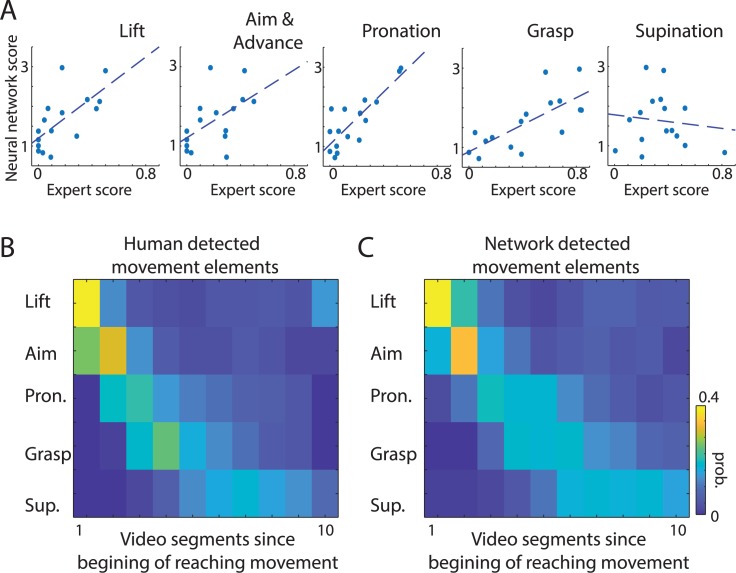Fig 3. The network can learn to detect individual movement components with human-level accuracy.
(A) The relation between network scores and expert scores for individual movement components. Each dot represents the average score for one rat, and dashed lines show linear regression. Network scores were significantly correlated with expert scores for almost all movement elements. (B, C) To directly test whether the network could learn to discriminate movement components in action clips, we retrained the network on video segments with labeled movement elements. Panels B and C show the probability (“prob.”) of detecting a particular movement element in a video clip. For visualization, video segments are aligned with respect to the beginning of a reaching movement. The high similarity between timing of movements defined by the expert (B) and the network (C) shows that the network can be used for automated segmentation of behavioral videos to identify specific movements. The sample network and data on which this figure is based are available at github.com/hardeepsryait/behaviour_net. Pron., pronation; Sup., supination.

